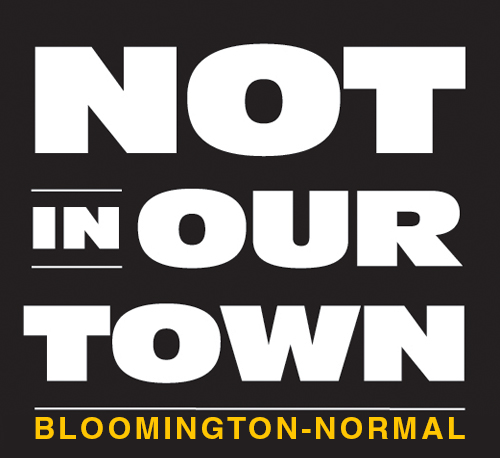Ladan Osman
@Salon will feature renowned local and regional artists, beginning at noon Saturday, March 21, at the McLean County Arts Center in downtown Bloomington.
The event, sponsored by the Illinois State University Creative Writing Program and the Department of English, is free and open to the public.
“A theater of conversation and exchange akin to the literary salons of the 17th and 18th centuries, @Salon welcomes artists and arts enthusiasts from area colleges and universities, the larger Bloomington-Normal community and beyond,” said Associate Professor of English Duriel Estelle Harris, the founder and curator of the event.
The day will feature readings by Chicago-based poets Ladan Osman and Matthew Shenoda. Osman is the author of the Sillerman prize-winning Kitchen-Dweller’s Testimony. Shenoda is the author of Tahrir Suite and past winner of the American Book Award. Musical selections will include performances by local female-fronted indie/pop five-piece band Alex and the XO’s as well as Chicago-based vocalist and multi-instrumentalist Alicia Walter.
Matthew Shenoda
@Salon will include presentations by three students of Illinois State’s Creative Writing Program—works-in-progress by authors Bryan Reid and Eric Pitman and a sound art showcase curated by Jonah Mixon-Webster.
“This is a wonderful way for artists to get real feedback on their work from the public and those outside their inner circle,” said Harris. “It affords the artist an active role in the dialogue.”
Works by featured artists will be available for purchase at the event. Light refreshments will be served.
@Salon is co-sponsored by the McLean County Arts Center, Obsidian: Literature & Arts in the African Diaspora and the Illinois State University Ethnic Studies, International Studies, and Women’s and Gender Studies Programs and the LGBT/Queer Studies and Services Institute.
For more information about @Salon, contact Harris at (309) 438-1401 or (309) 438-1401 or dharri2@ilstu.edu.





















